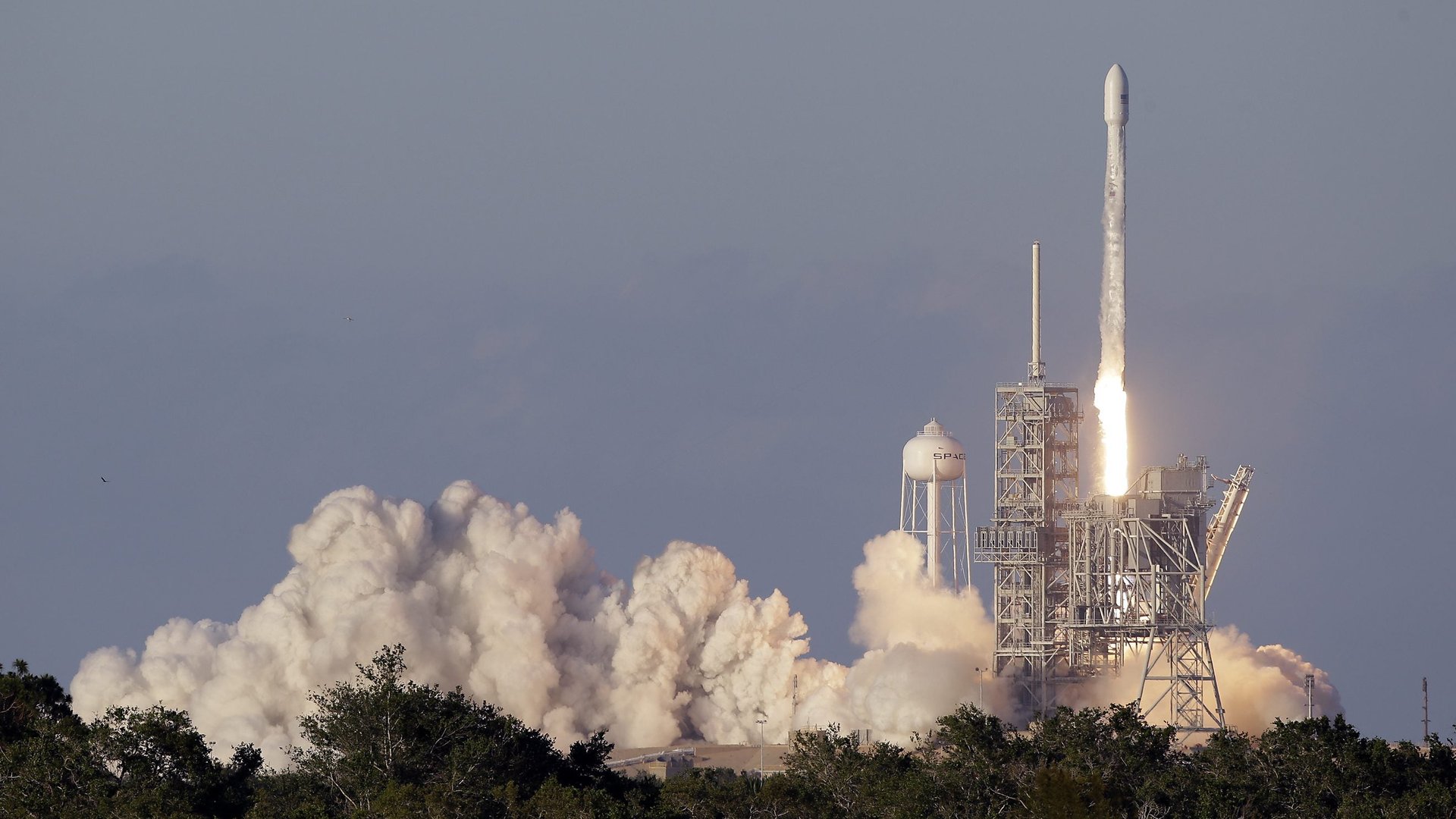US intelligence agencies are beginning to build AI spies
A US intelligence director says a lot of espionage is more boring than you might think, and much of it could be handed over to artificial intelligence.


A US intelligence director says a lot of espionage is more boring than you might think, and much of it could be handed over to artificial intelligence.
“A significant chunk of the time, I will send [my employees] to a dark room to look at TV monitors to do national security essential work,” Robert Cardillo, head of the National Geospatial-Intelligence Agency told reporters including Foreign Policy. “But boy is it inefficient.”
Cardillo calls out recent advances in artificial intelligence, giving algorithms the ability to analyze vast amounts of images and video to find patterns, give data about the landscape, and identify unusual objects. This kind of work is critical for assessing national security concerns like foreign missile-silo activity, or even just to check in on North Korean volleyball games.
Cardillo has hired a former tech CEO, Anthony Vinci, to lead development of this machine-learning technology. Vinci previously founded Findyr, a company that crowdsources data for companies, like pictures of how products are displayed on shelves or infrastructure development progress.
But the US government is already trailing behind Silicon Valley on this pursuit. Facebook, deep into its crusade to connect the world, was able to apply machine learning to satellite data last year, analyzing buildings likely to contain wireless internet down to five-meter accuracy. Those data were intended to be used to guide Facebook’s internet drone, Aquila. (Aviation might prove a more difficult project than machine learning: Facebook’s head of global aviation policy indicated that the company doesn’t have a timeline to even get one drone in service after last year’s test.)
Google has also touted its ability to discern details in satellite imagery for accuracy-critical uses, like defense and aviation. Stanford University has used satellite imagery to map poverty.
Cardillo’s initiatives aren’t the first use of AI by intelligence or defense agencies. DARPA and IARPA, US defense and intelligence research agencies, have been funding AI research for decades, and the Central Intelligence Agency’s venture arm is supporting efforts to apply AI analysis to satellite imagery.